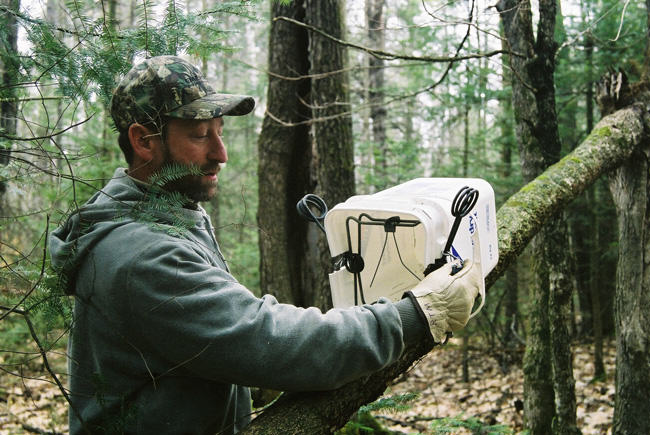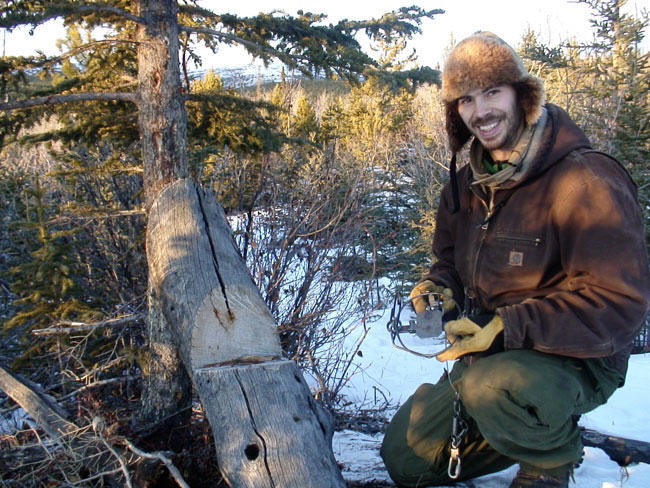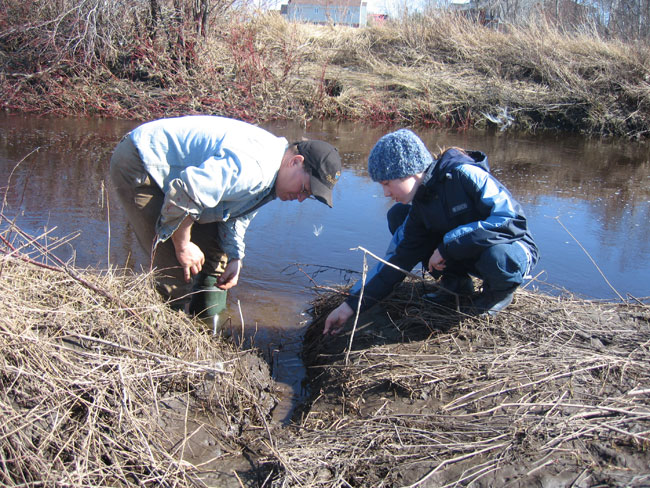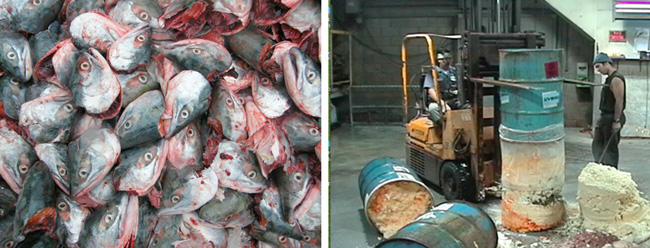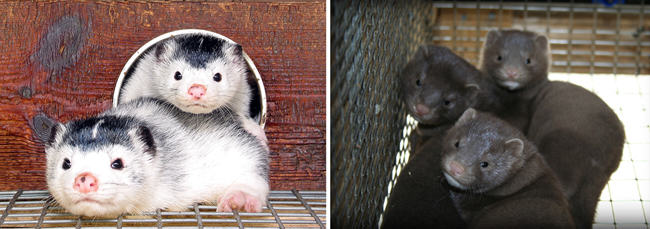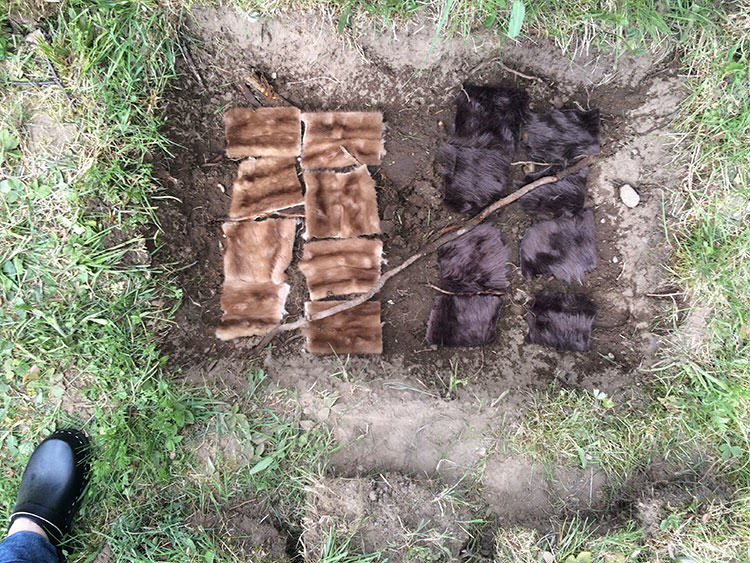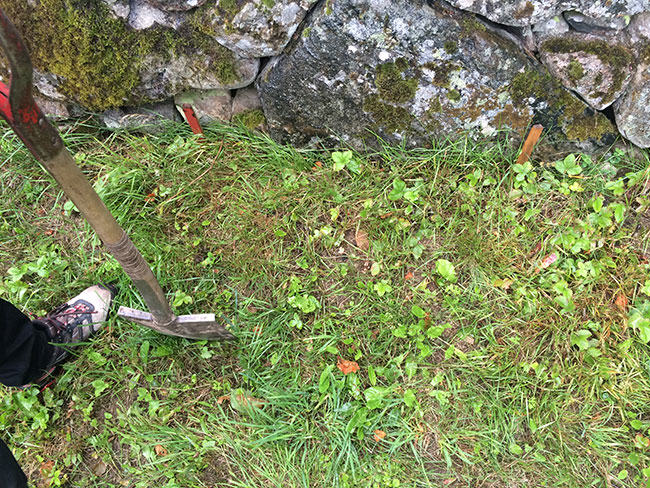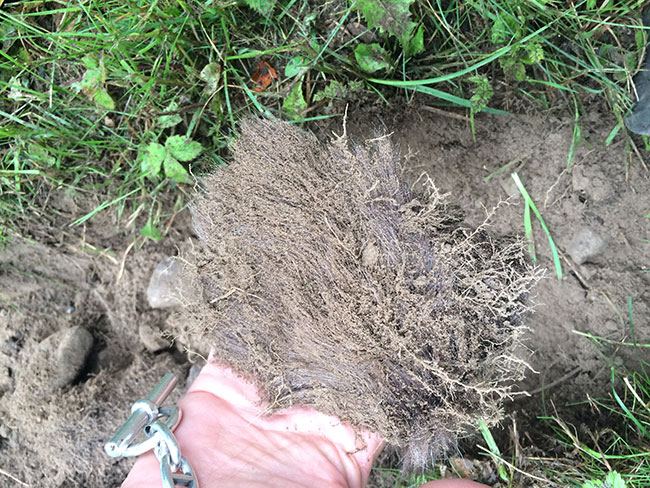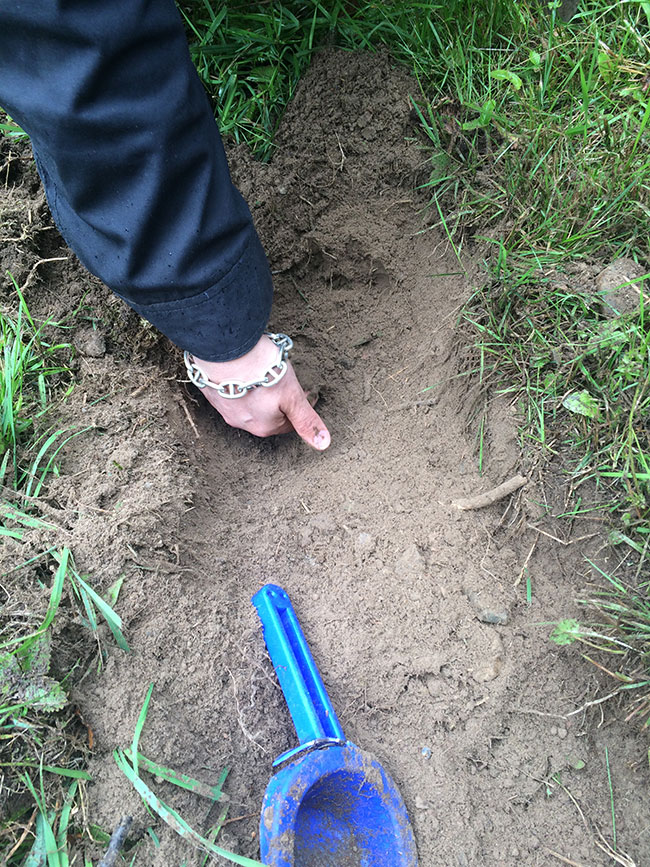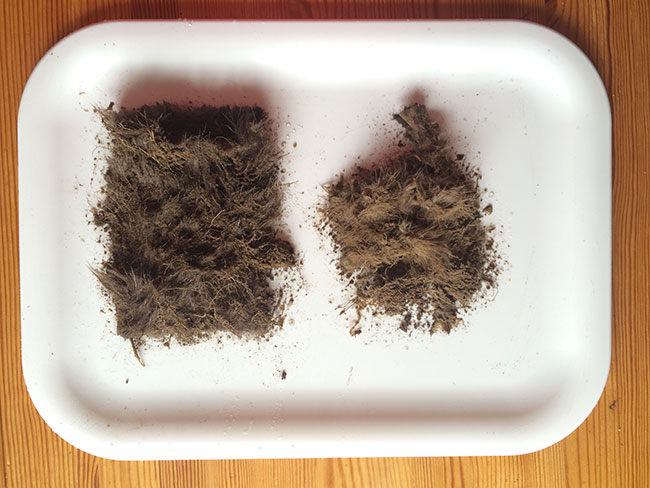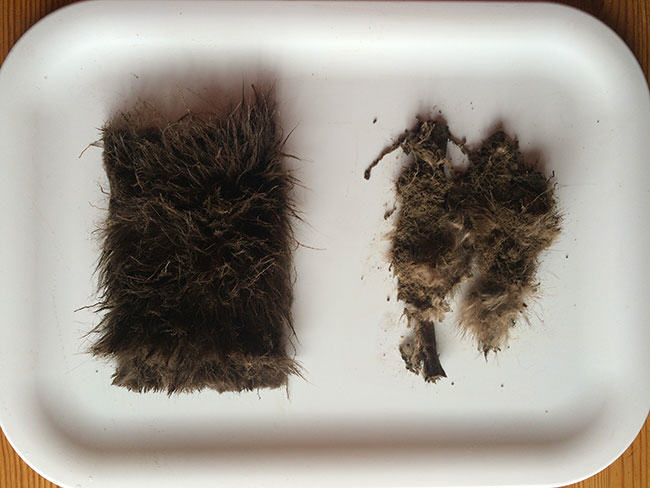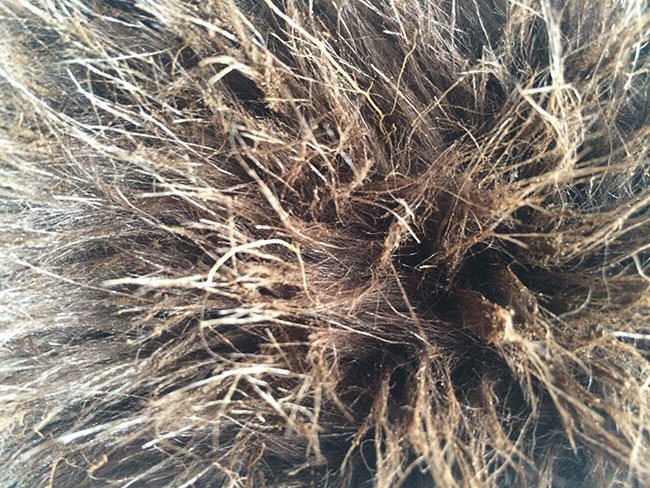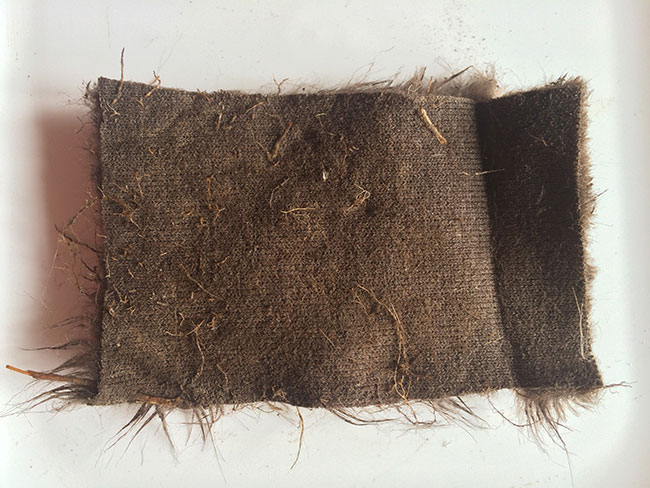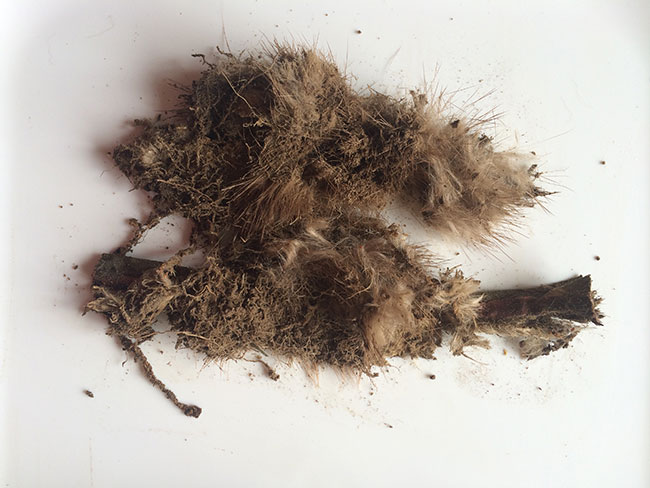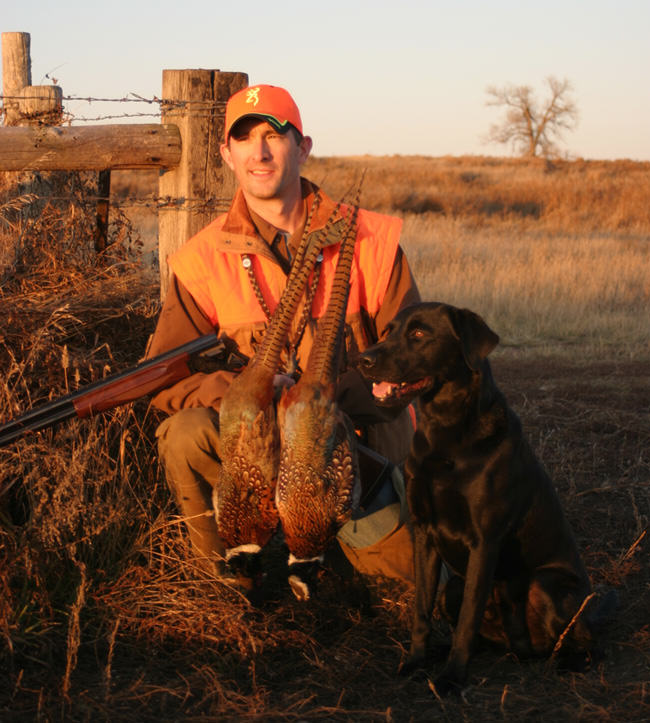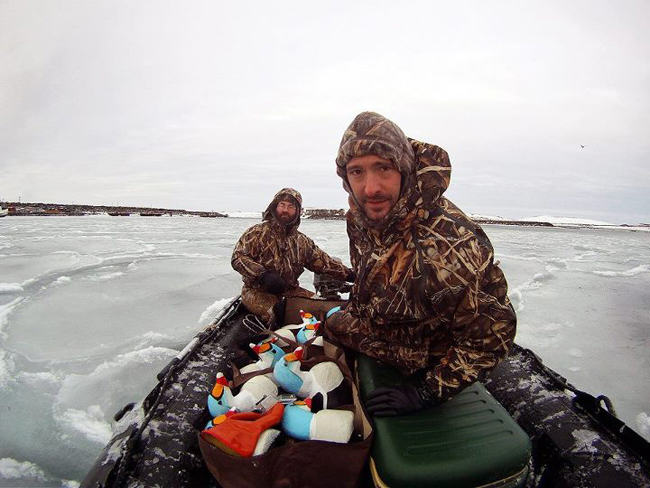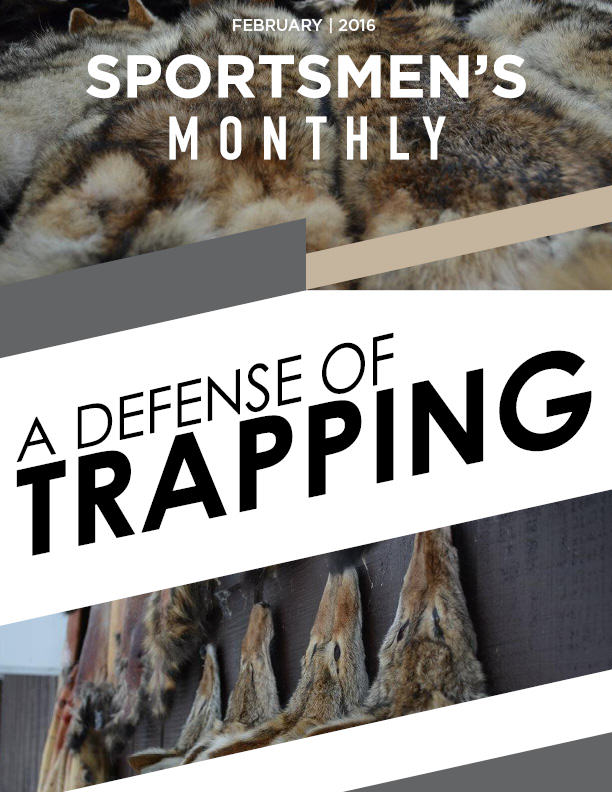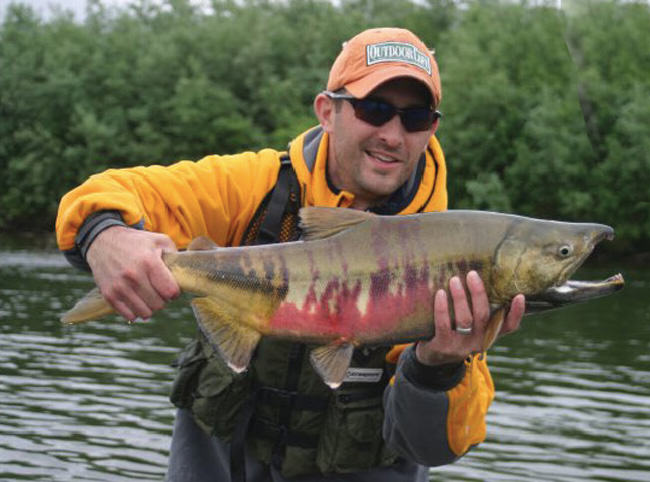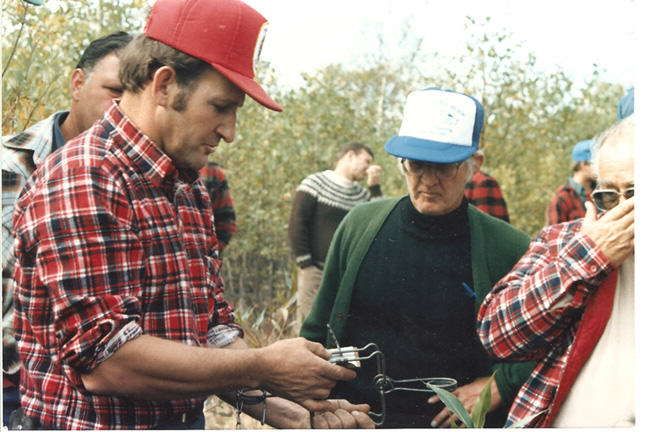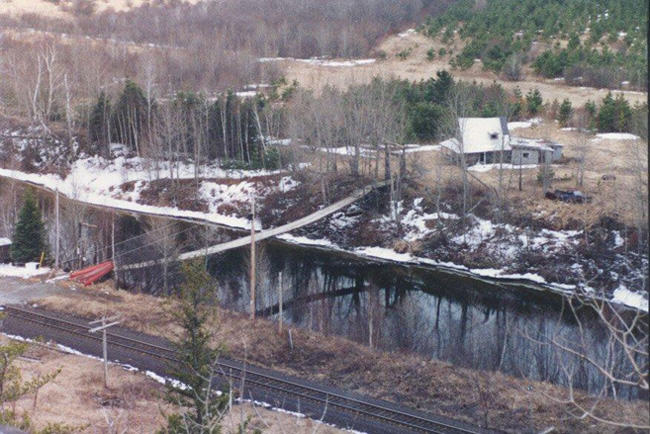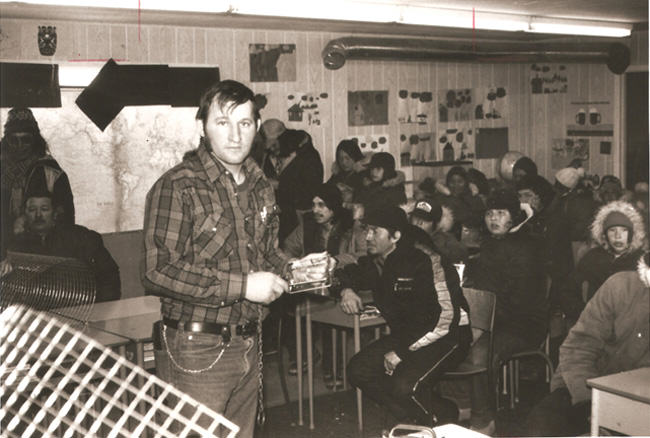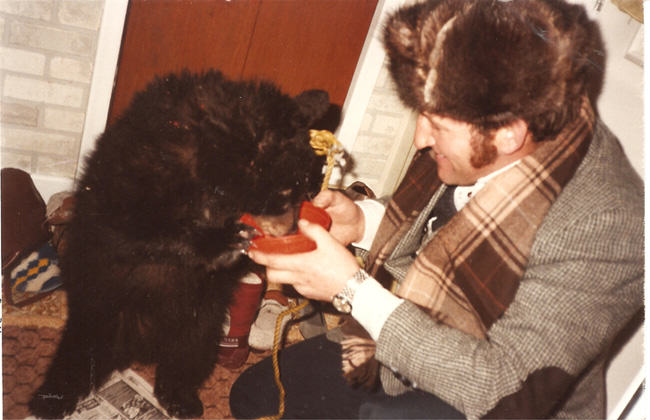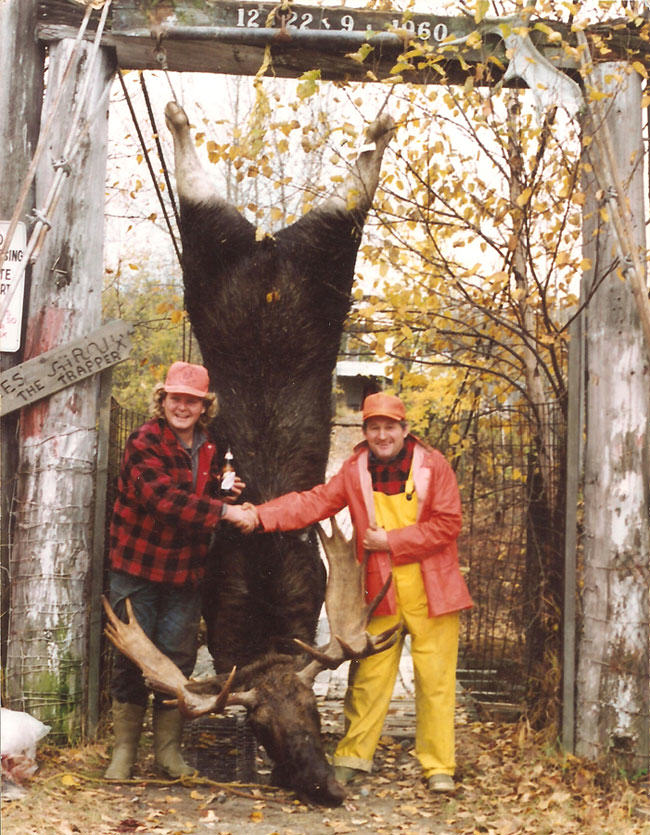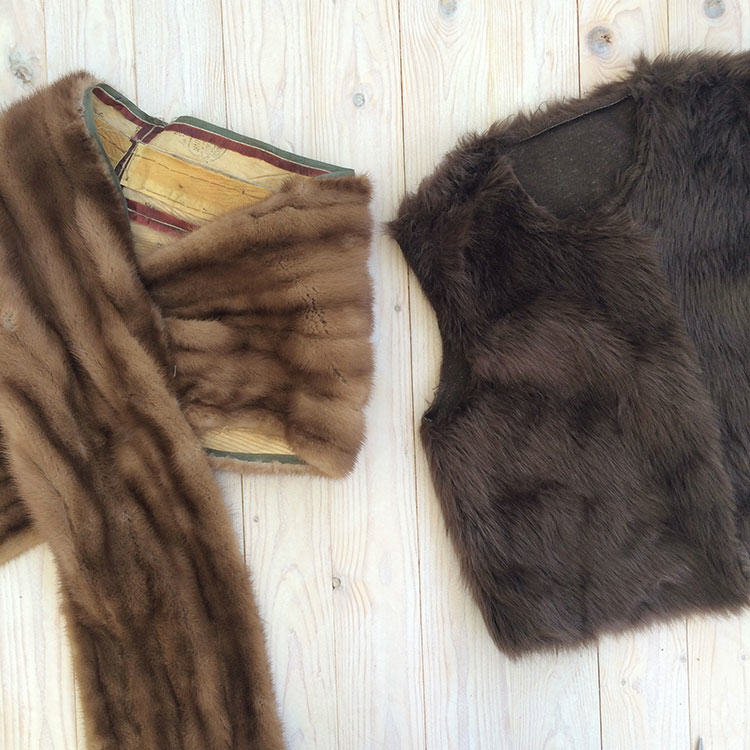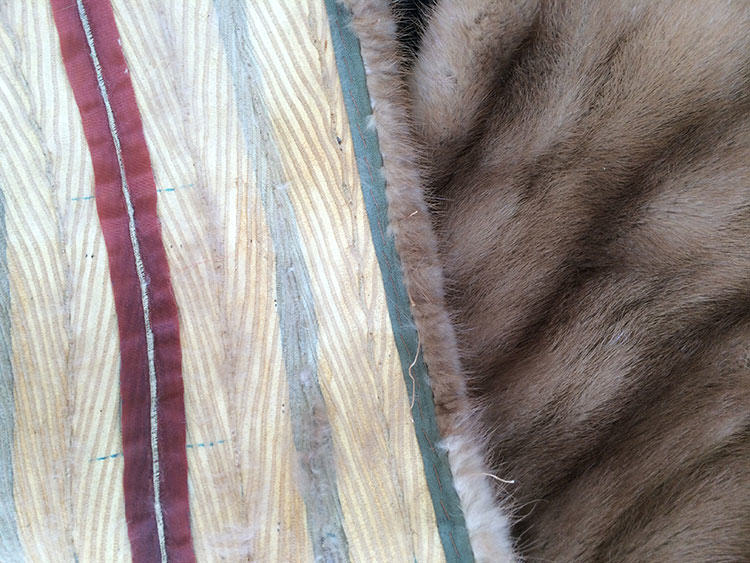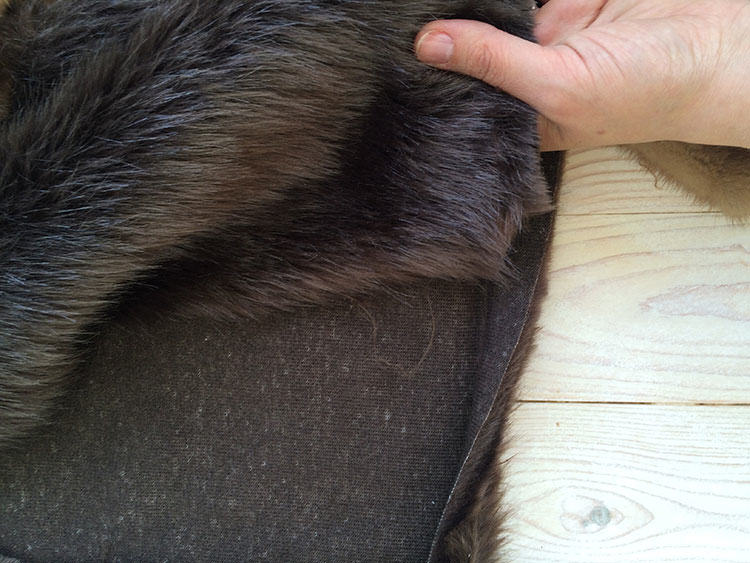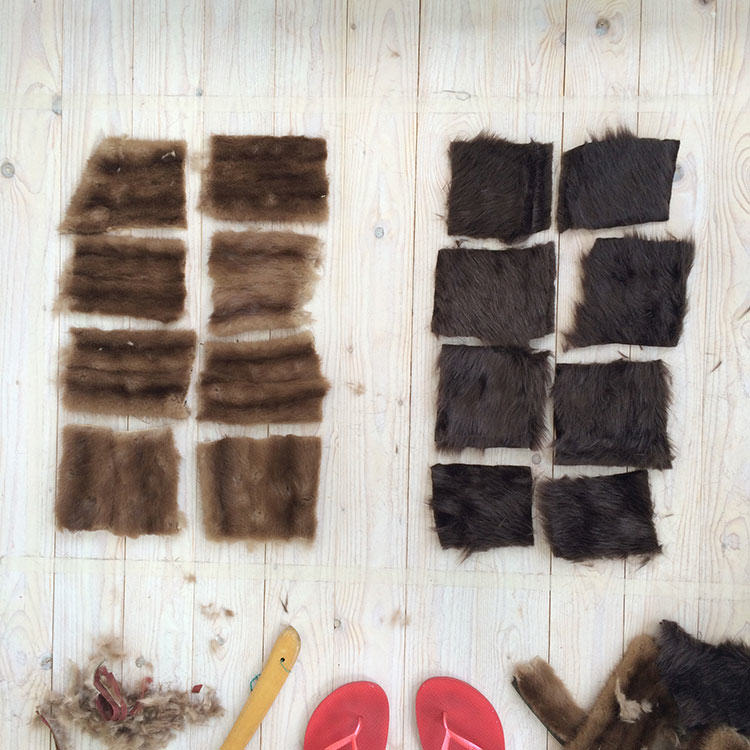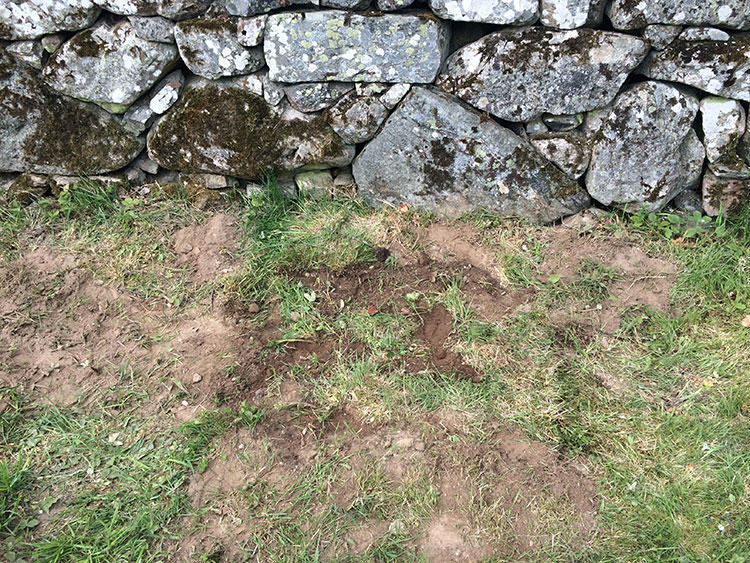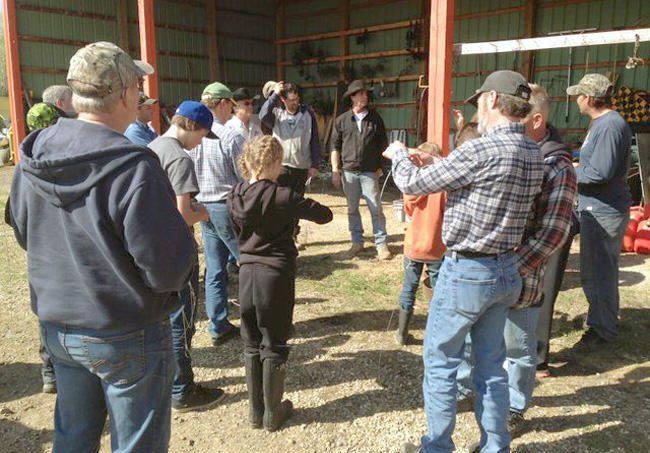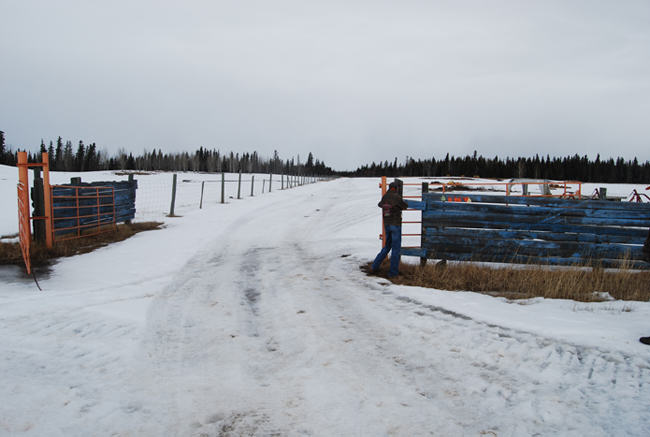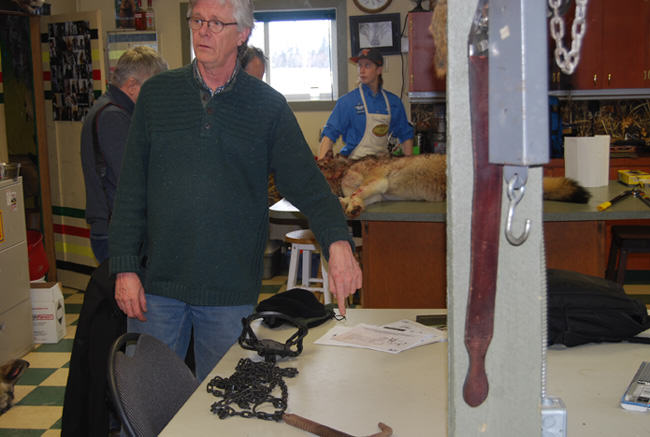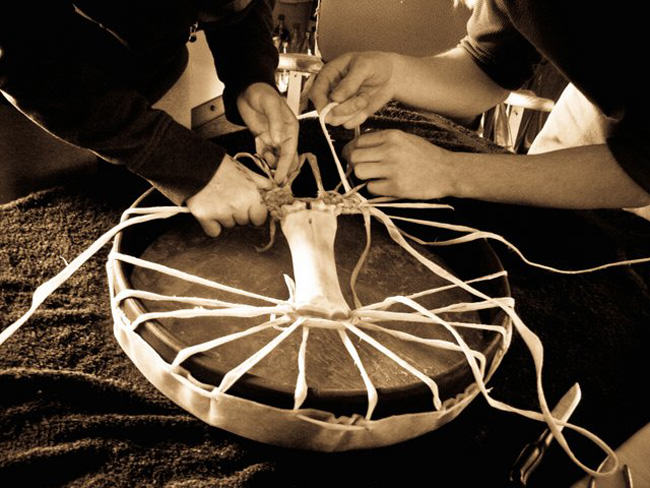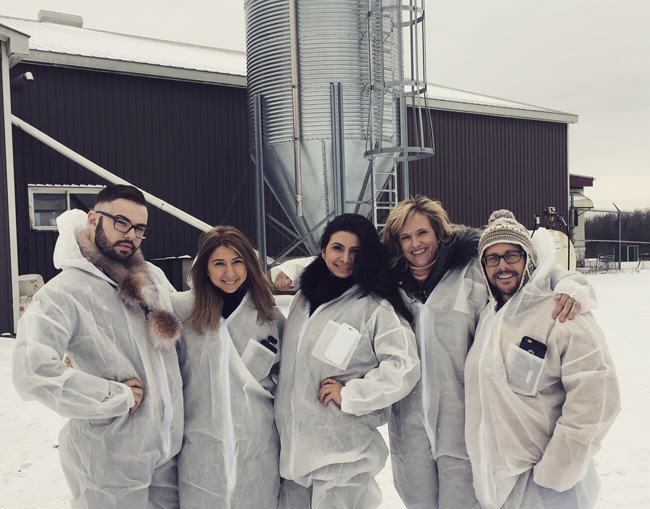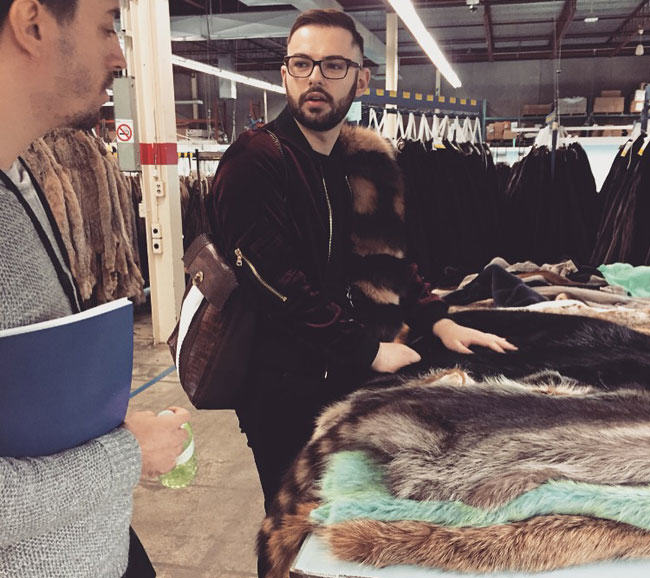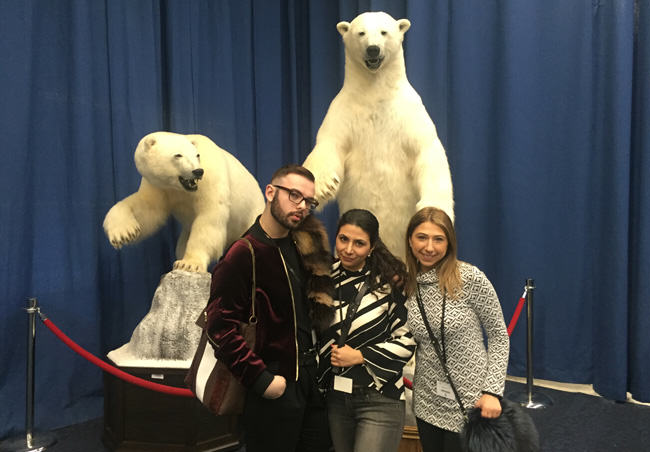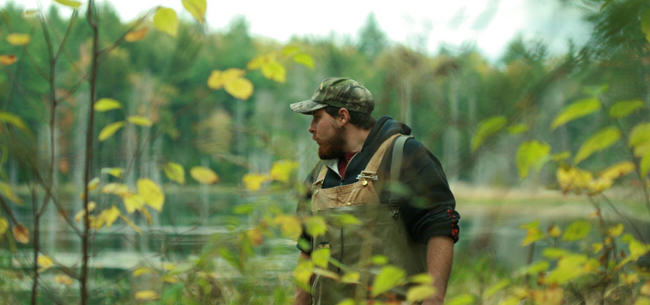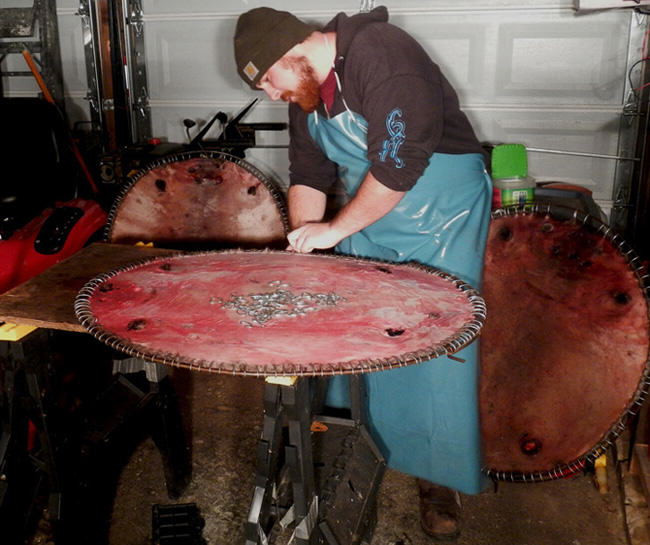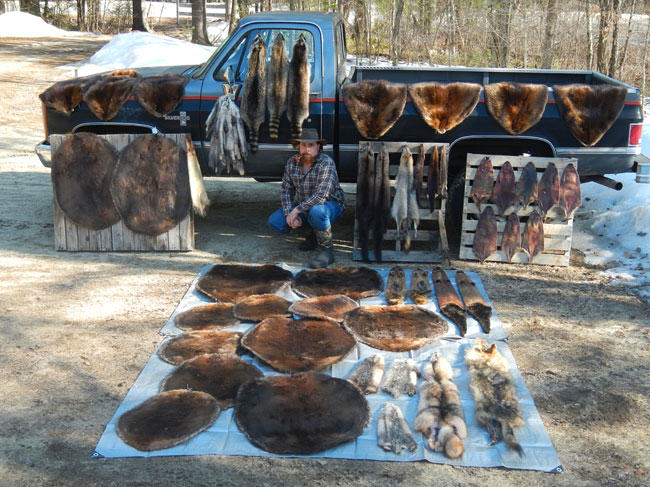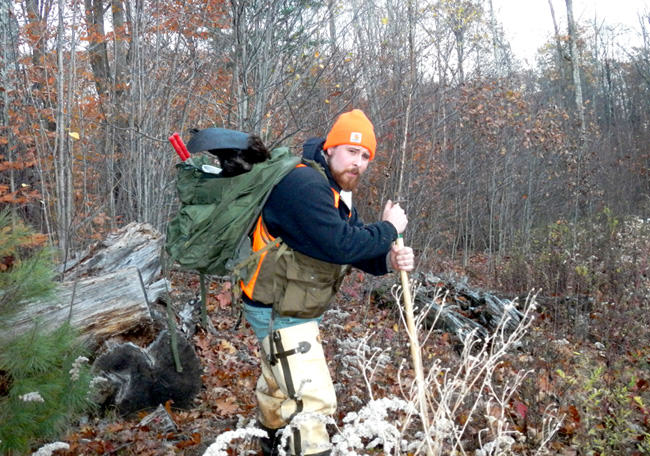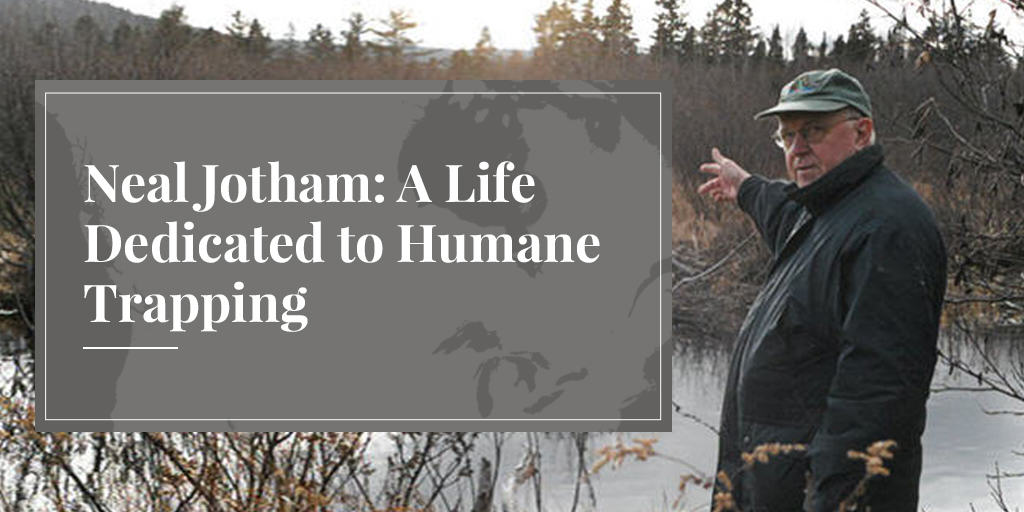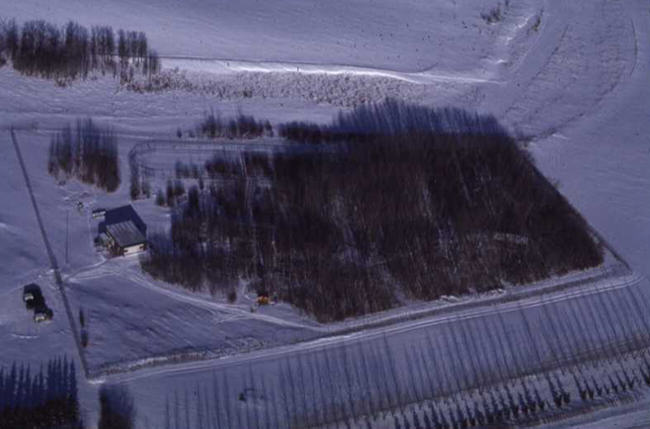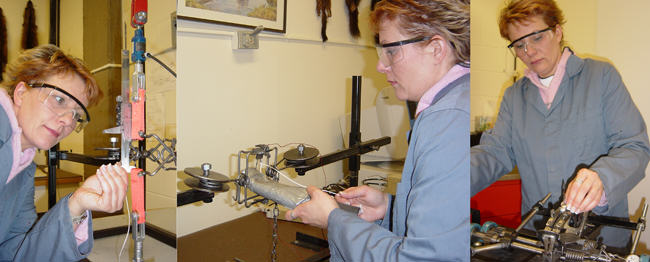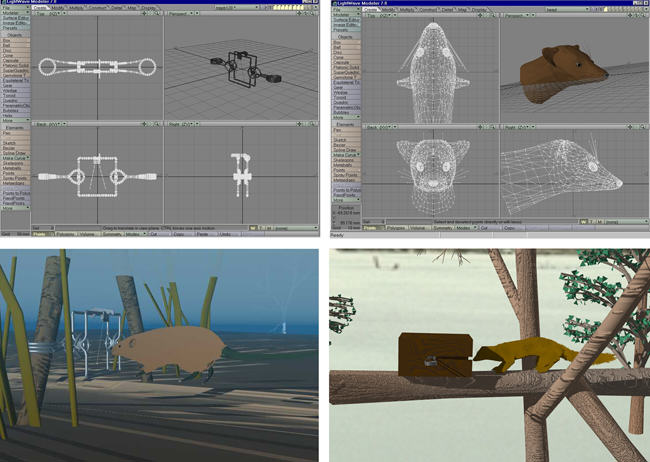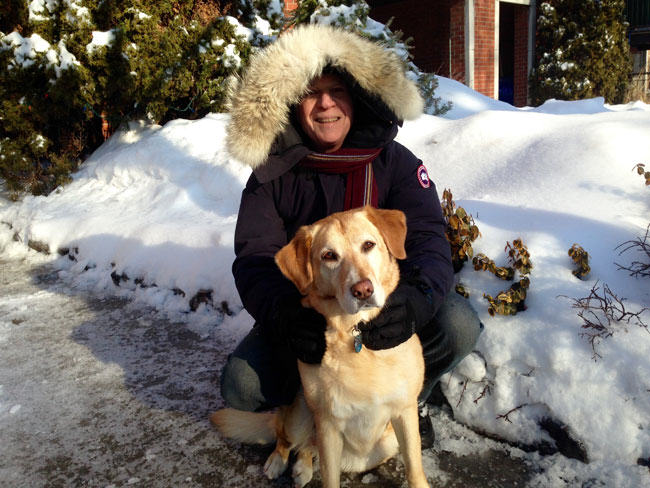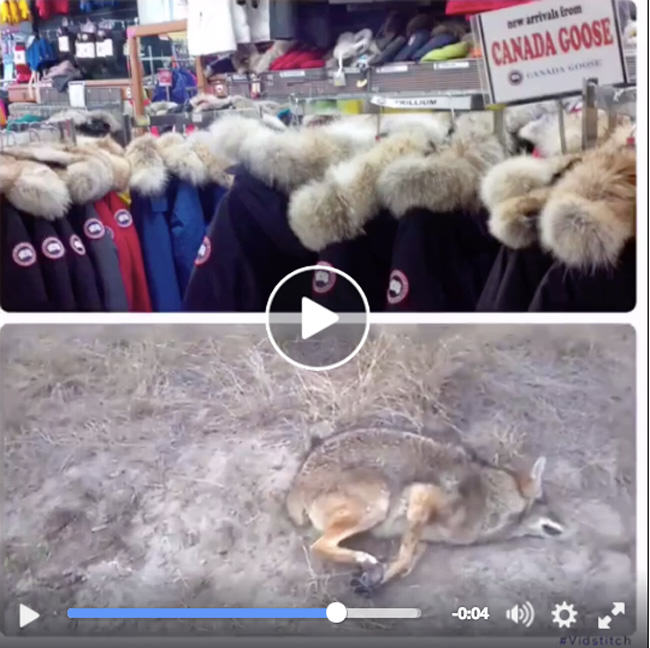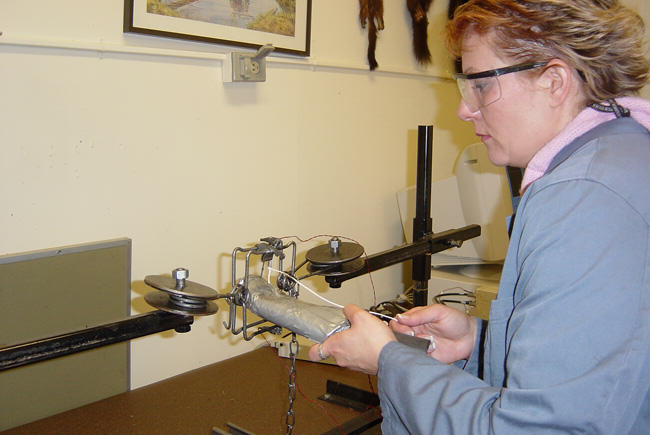5 Reasons Why We Must Wear Leather and Fur
by Truth About Fur, voice of the North American fur tradeThe world is changing and, with it, our approach to consumption. As the impact of global warming worsens, many consumers…
Read More
The world is changing and, with it, our approach to consumption. As the impact of global warming worsens, many consumers are rethinking what they buy, and how much of it. "Local", "organic" and "minimalism" are all buzzwords many of us are drawn to, and some people question the need to eat animals, or wear leather and fur. Where does that leave us with animal use?
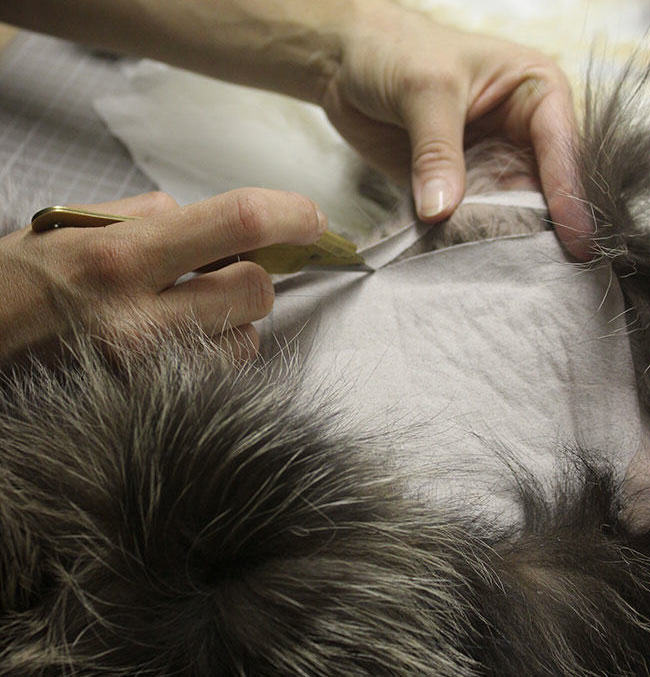
The use of animals is an ethical dilemma that many people question, but most people agree that if animals are well-treated, they are not in danger of becoming extinct, none of the animal is wasted, and the animal is put to good use, then it is acceptable for us to use and consume them.
SEE ALSO: WHY FUR IS THE ETHICAL CLOTHING CHOICE
Animal use is an integral part of many people’s lives, and is linked to essential products in our everyday life, such as medication, food, and clothing. Animals are used in medical testing in order to find cures to life-threatening diseases. We eat animals and while some people question the need to do this, there is plenty of evidence it can be done without harm to our planet. In fact, lots of land is better suited for pasture than for cultivation. And remember that animal manure is used to replenish the soil to grow crops. But if we are concerned about possible impacts, a small reduction in the amount of meat we consume – and waste – can go a long way. And lastly, we wear many types of animal products in order to protect ourselves from the elements. Fashion may not be essential, but clothing is. The need to keep warm in cold weather is a matter of life and death.
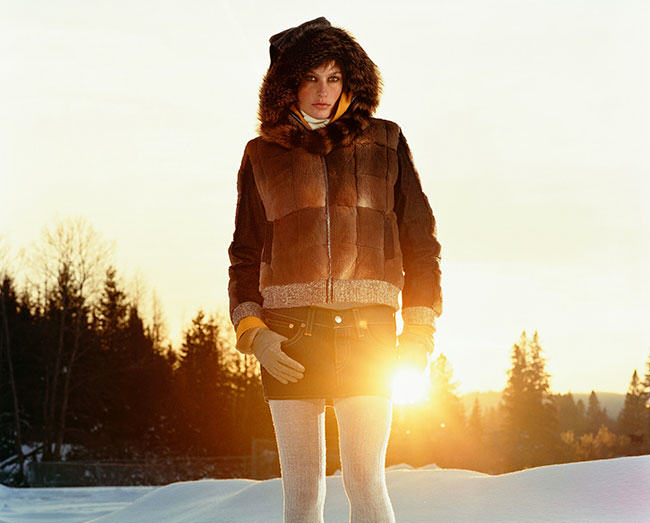
If you live in a cold country, you’ll need clothing that can protect you from the elements, and your choices should involve leather, fur, and other animal products. Why? Because there are no viable alternatives.
If we really care about the environment (and we all should because nothing else matters if we don't have water and food and clean air), we will want to buy sustainable fashion products that use production processes that are not too harmful to the environment, that are long-lasting, and that are biodegradable. That is exactly what animal skins are. Yes, they aren’t perfect; leathers and furs use chemicals in their processing and finishing (like all other textiles), and sometimes the farming has an environmental impact. But when you consider how long a good fur coat or high-quality leather bag lasts, you’ll realize that the environmental damage is minimal compared to the lifespan of the item.
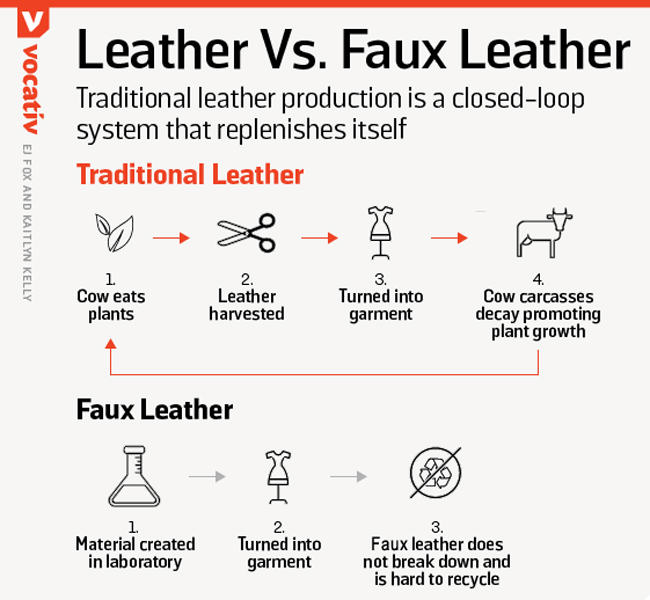
So here they are, the five reasons why we must all wear leather and fur, and these reasons all point to the fact that there are simply no viable alternatives.
1. There are no alternatives that are biodegradable. The synthetic alternatives to fur and leather take much longer to biodegrade (50 years for treated leather vs. 500+ years for pleather), and even when they have “biodegraded”, there are still remains of the plastic particles in the soil, which we are now finding in our oceans and inside fish. Truth About Fur is in the process of conducting an experiment to prove that real fur biodegrades much faster than “faux”, and the results are more dramatic than even we expected.
2. There are no alternatives that are sustainable. Synthetics are made from petroleum by-products. You probably know that petroleum is not a renewable resource. The problems caused by the extraction and transport of petroleum are only a part of the issue, let’s not get started on the political issues (read: wars) that are caused by petroleum. Animals are a renewable, sustainable resource. (Actually, wool, down, and cashmere and other similar materials are sustainable, so these are certainly viable alternatives when it comes to winter coats. But the animal rights activists are against those, too, since they come from animals. Usually a sensible winter wardrobe would combine fur, leather, down, wool, and cashmere – you’ll never be cold.)
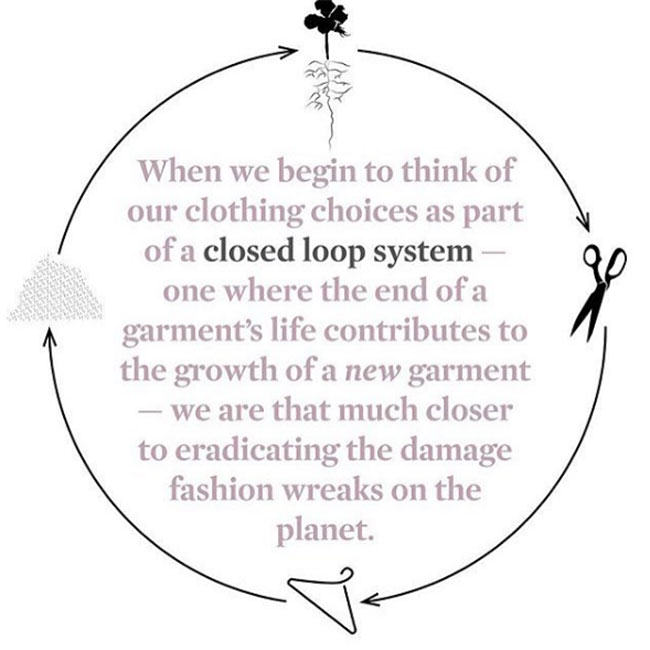
3. There are no alternatives that are as long-lasting. While a fake fur or leather jacket may be sitting in a landfill for a few hundred years longer than its real counterpart, that doesn't mean it is longer lasting in a fashion perspective. When well cared for, fur and leather items can last for decades, but fake leather and fur hardly do the same. Both look worn out much faster (and not in a cool way – like worn out leather), and they also don't maintain their warmth or waterproof qualities. You don’t find many fake leather bags being handed down from one generation to the next, do you?
4. There are no alternatives that are as environment-friendly. The points above do a good job of making this argument, but we can add to this by talking about the processing. Yes, leather and fur require chemicals for processing (leather requiring more than fur as you need to remove the hairs from leather, whereas with fur you are aiming to protect them). But two important things to consider here are that (1) the chemicals used to “dress” furs are really quite benign, e.g., alum salts (which are sold in the pharmacy to add to your bath water for sore muscles), and (2), the longevity of leather and fur items means that the chemicals per wear are much less than a synthetic alternative. Your leather bag or fur coat may have used chemicals in its production, but the fact that it lasts you 30 years makes it a more environment-friendly option than the synthetic version, made from a non-renewable resource that requires chemicals in its processing, which then looks tatty after two seasons. Another important thing to consider is that no synthetic material looks good in its natural state, while fur is frequently used in its natural state (meaning its natural colours), reducing the need for bleaches and dyes.
5. There are no alternatives that are as safe. We’ve yet to fully understand the bodily harm coming from wearing synthetics, but there’s a great deal of research that shows that synthetic materials may contribute to health issues such as infertility, respiratory diseases, and cancer. Why take the risk when there are natural alternatives?
If you truly care about the planet and its inhabitants, you’ll make consumption decisions based on what’s best for us all. You might refuse to eat animals or watch them being used as entertainment, but it is impossible to deny that synthetic clothing is causing irreparable harm to our planet. Choose materials that are sustainable, long-lasting, and biodegradable. Choose fur and leather because there are no viable alternatives.
***
To learn more about donating to Truth About Fur, click here.








